Phalaenopsis is everyone’s friend. This fabulous orchid can be found in many homes, since it is by far the best-known of all the orchids.
There are over 20,000 different varieties of Phalaenopsis.
The great thing about this plant is that it can bloom for up to 12 weeks.
It’s a plant that you can enjoy for a long time!
Fact: These orchids originally grew in trees, in cracks in rocks or in very permeable soil like humus. They originate from Southeast Asia and Australia.
Caring for Phalaenopsis
Phalaenopsis is not a big drinker. The plant likes to be given some water once the soil is fairly dry. You should do this roughly every seven to ten days (approximately every five to seven days in the summer), preferably in the morning. In the winter the plant likes to be sprayed from time to time, but be careful not to spray the flowers.
The Phalaenopsis orchid likes a sunny spot, but not in direct sunlight, since this can damage the leaves. Nor should you place the plant in a draught, or near fruit (bananas and orchids are a particularly bad mix!).
The plant does best at a minimum daytime temperature of around 19°C, and night-time temperature of 16°C. The temperature should never drop below 16°C, because the roots stop working at 15°C.
Tip: If the plant drops its buds, that is because it has been too cold, given too much water or too little light.


But how do you know how to help your plant? If the leaves get darker, the orchid needs a lighter position.
If the shine disappears or the leaves get scorched, it is too directly in the sun.
Maintaining a Phalaenopsis
The plant likes to be fed from time to time in the spring and summer. You should use special orchid food for this. The packaging tells you how to use it.
Orchids like to be repotted once every 2 to 3 years in a pot that is at least 20% larger than the previous pot. Never repot the plant with ‘normal’ potting soil, but with special potting soil for orchids. The plant prefers it if you do this during the spring, when it can best repair any damage.
Most people throw their plant away when it has finished flowering, but that’s a real waste for a plant that’s still doing very well!
What should you do in order to encourage new flowers? Cut a stem that has finished flowering (12 cm below the flower that has finished blooming).
Remove the dead leaves and the old flower stems. Use sharp and clean tools for this!
Then put the plant away a spot that is seven degrees cooler, but continue to look after the plant in the same way.
After a while the plant will develop new shoots and produce new stems. It will take around 100 days before the orchid starts flowering again.
.jpg)
Orchids at Easter
As well as being very suitable for styling your interior, the orchid can also be a star of your Easter table.
Choose soft shades like white and lilac combined with yellow for the ultimate Easter vibe!
Tip 1: After Easter orchids are fabulous as summer or spring styling in your interior!
Tip 2: Place an orchid flower in a bowl with water. That way you are using flowers in a different way to decorate the table, which also looks very festive!
Tip 3: Combine various colours of orchids on the table to give depth and a playful effect.




Thanks to: draadenspijker.com
.jpg)





.jpg)









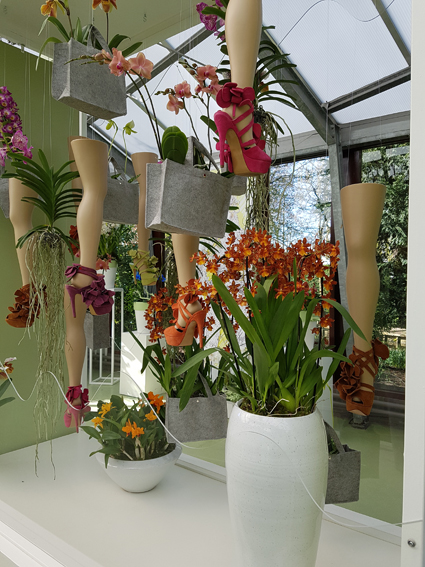
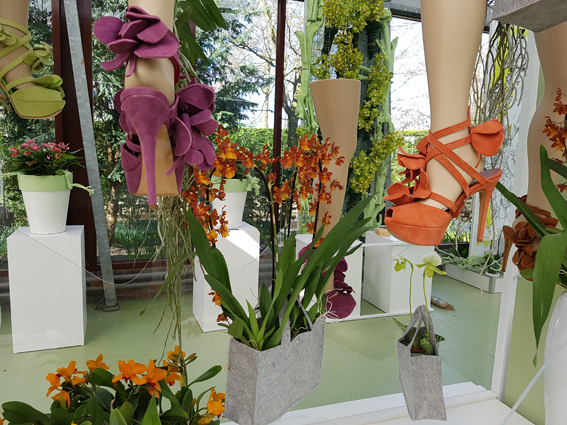
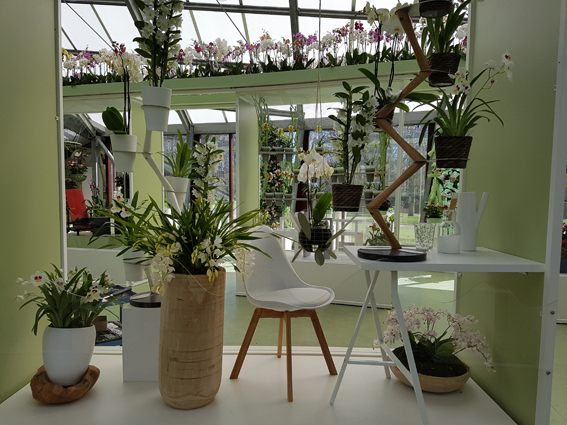
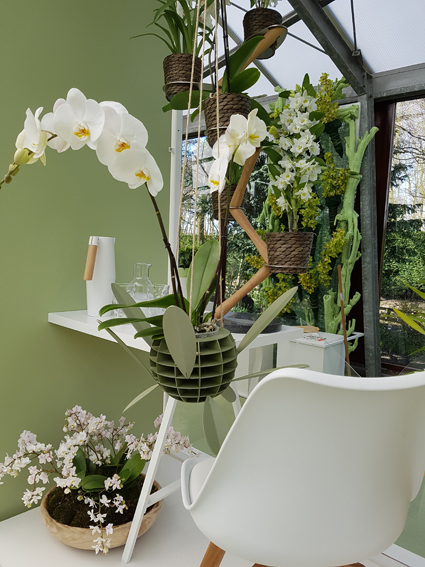
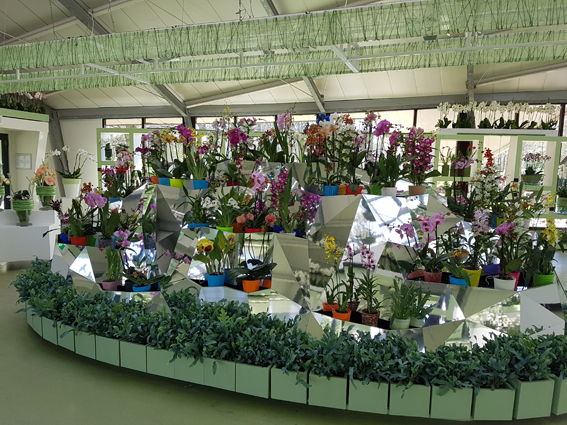

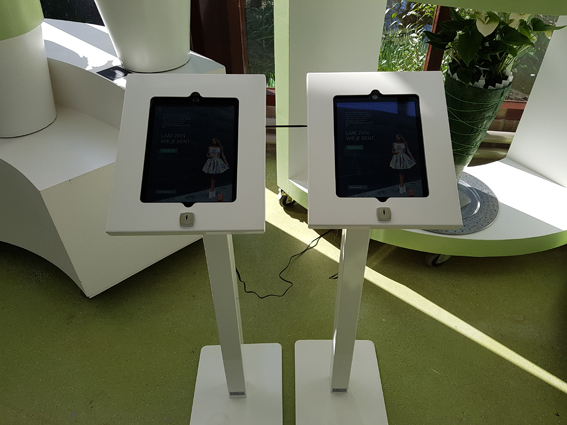
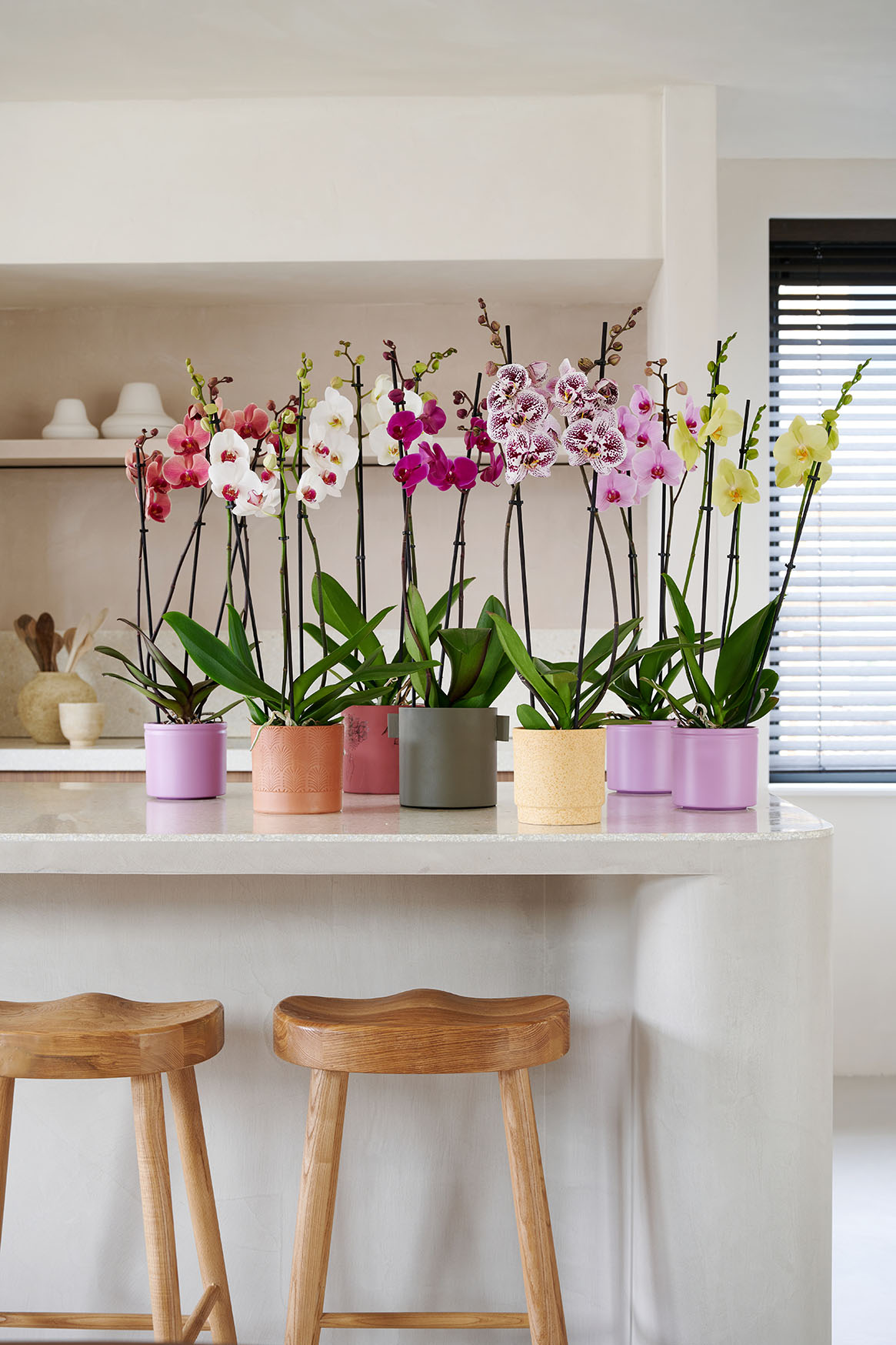
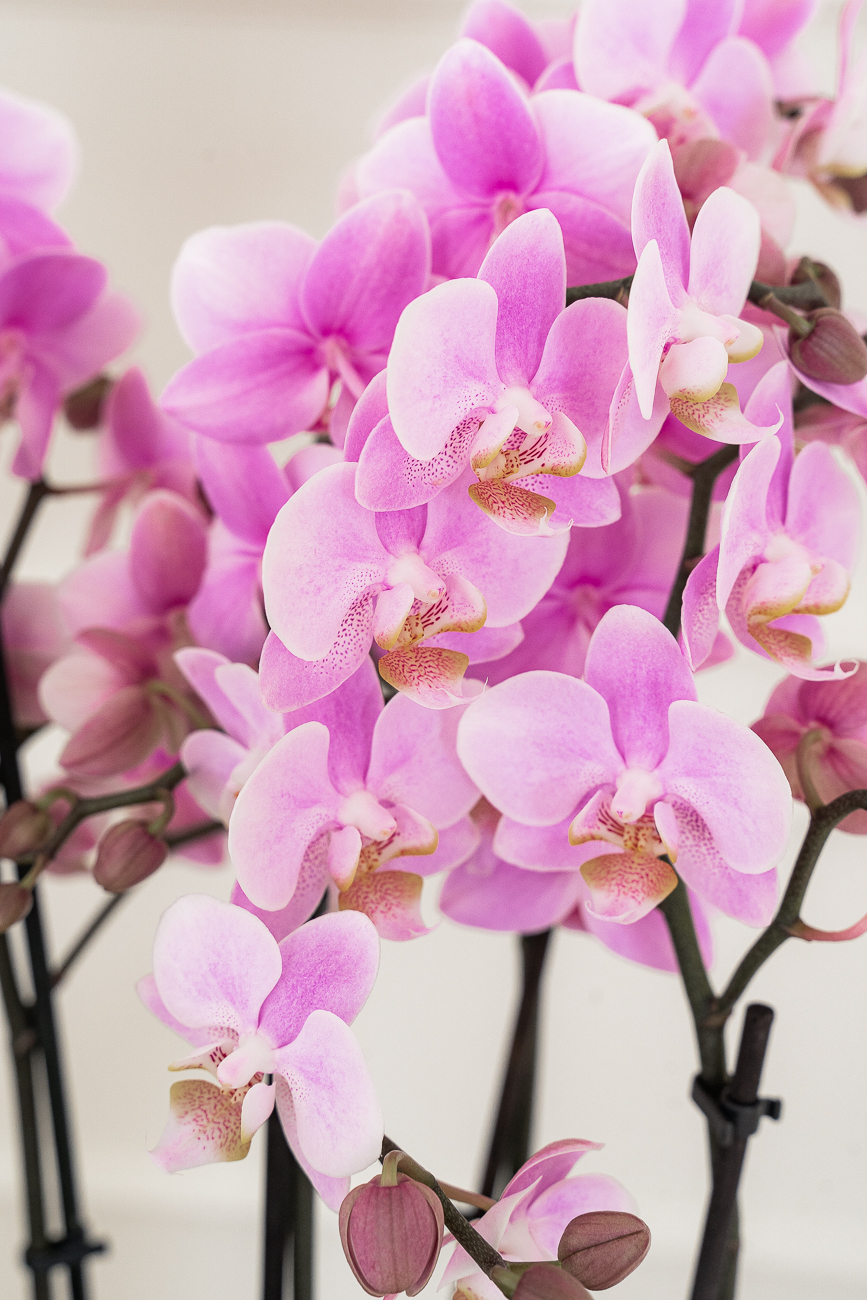
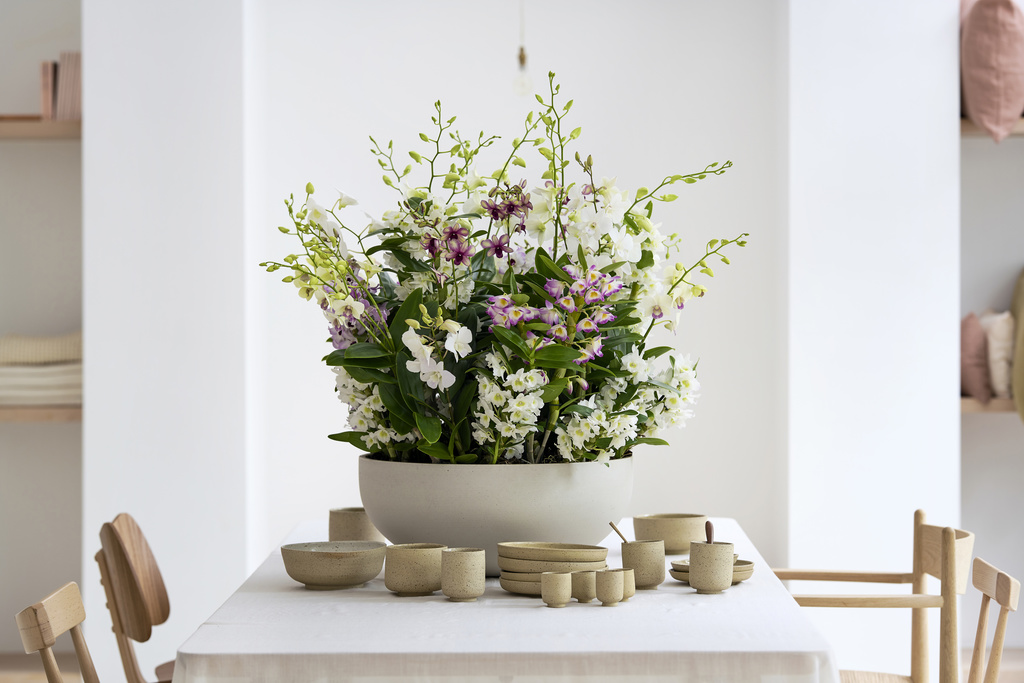
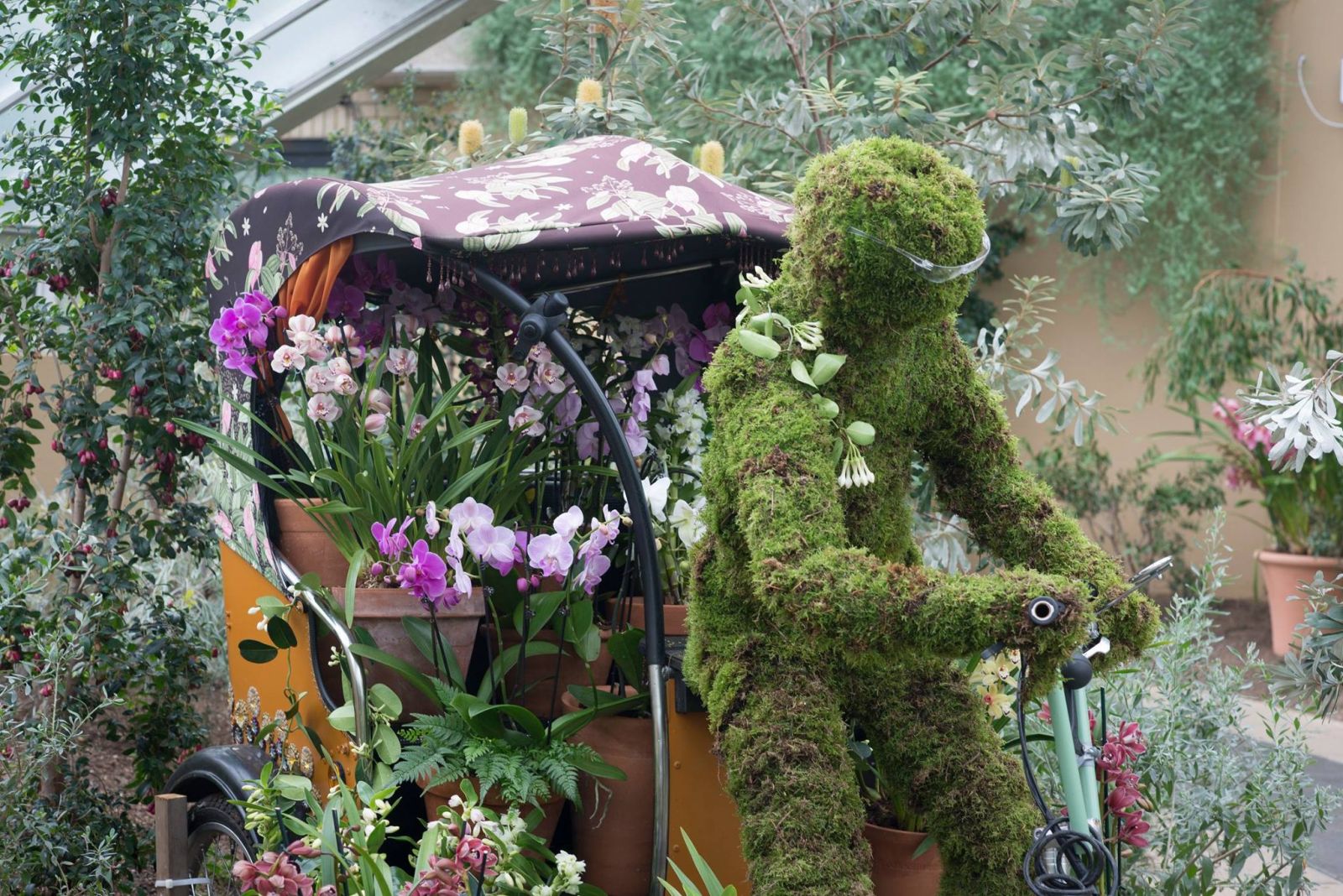

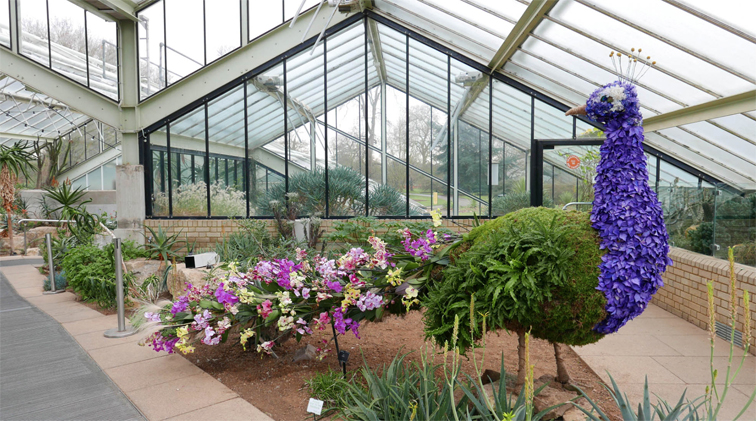
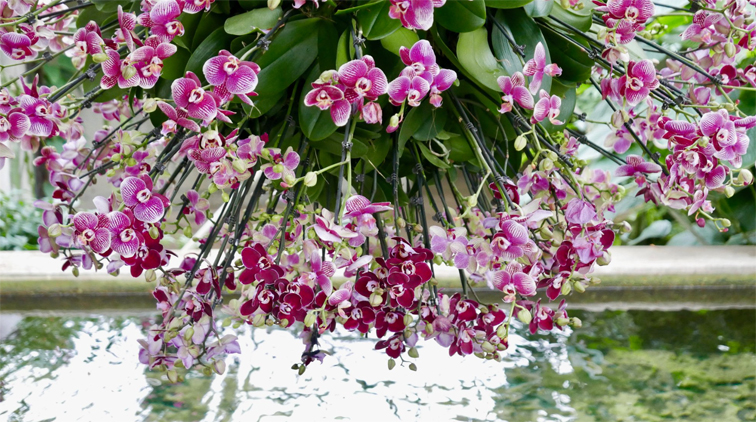

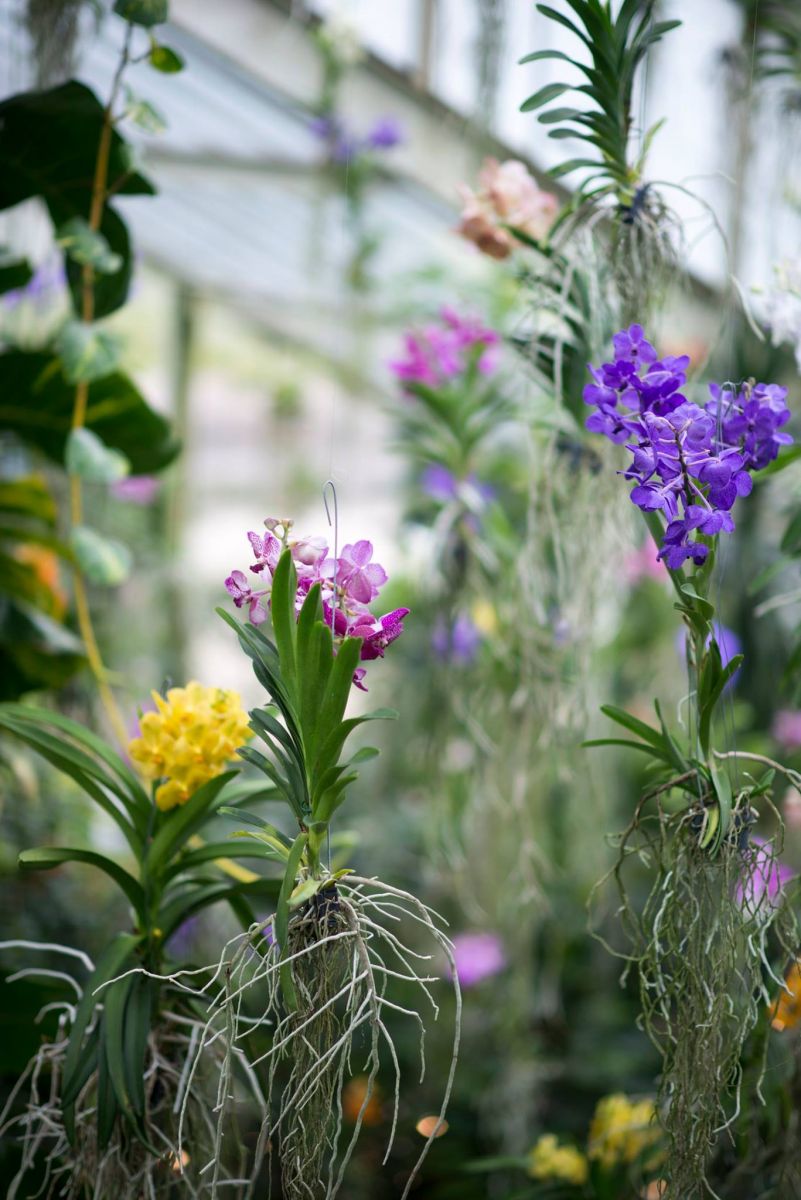
.jpg)


